I am so excited to present to you: Egyptian Magics! In February, we studied the mystery and grandeur of one of the world’s unparalleled, primordial, and preeminent civilizations: Ancient Egypt, also known as Khemet. Imagine my utter joy when, while at the Tucson Gem Show, my friend from Cairo unveiled boxes filled with ornate statues of some of Ancient Egypt’s most revered deities, pharaohs, and symbols! I knew I had to grab them…ALL of what he had with him, in fact.
These artisan pieces are more than decorative items; they are themselves gateways into the alluring world of Ancient Egyptian symbolism and culture – a world that, to this day, archaeologists and Egyptologists are still deciphering and exploring. These statues will add powerful mysticism and majesty to your home, and I am so excited to be sharing their magic with you.
The deeper magic of these Egyptian Magics statues
I have 10 different statues here at the shop – each available in small, medium, large, and extra-large, and each representing a different deity or metaphorical figure. These statues have been lovingly crafted out of stone and/or sand composite in Egypt, and are infused with the energy, beauty, and craftsmanship of the land.
I will intuitively select one of the following statues to send to you based off of the size of the statue you indicate in the drop down menu. Each piece carries its own unique message and medicine – trust that the piece that is meant to find you will find you. Here are the statues that you may receive:
Anubis – Anubis is the god of embalming and the dead. Anubis is often depicted as a man with the head of a jackal, or as a jackal itself. Since jackals were often seen in cemeteries, the Ancient Egyptians believed that Anubis watched over the dead. The Egyptian jackal was regarded as sacred by the ancient Egyptians, and was seen as a protector.
Horus – Horus was a god of the sky, and is most known for being Ancient Egypt’s national tutelary (custodian) deity who protected the ruler of Egypt. Horus is depicted as a man with a falcon head wearing a Pschent, or as a falcon itself. A pschent is a red and white double crown that represented Upper and Lower Egypt and worn by pharaohs and certain gods as a symbol of kingship over the entire kingdom of Egypt.
The Cat (head or full body) – The cat is a symbol of Bastet. The ancient Egyptians made many statues of cats similar to these to honor Bastet, who was seen most often as a gentle and protective goddess. However, she sometimes appeared with the head of a lioness to protect the king while in battle.
The Sphinx – The Sphinx is a mythological creature with the body of a lion and the head of a human. In Ancient Egypt, the head was often that of a Pharaoh or a god. The Egyptians built Sphinx statues to guard important areas such as tombs and temples. The most famous Sphinx is the Great Sphinx of Giza.
Maahes – Maahes is a lion-headed god of war whose name means, “he who is true beside her.” Maahes is associated with war, protection, and weather, as well as that of knives, lotuses, and devouring captives.
Khnum – Khnum is depicted as a man with a ram’s head. Originally a water god, Khnum was thought to rule over all bodies of water, including the rivers and lakes of the underworld. He was associated with the Nile River and ensured that enough precious black silt was deposited onto the river banks to make them fertile. This silt was then used to form clay, the raw material required to make pottery. As a result, Khnum was closely associated with the art of pottery. According to one creation myth, Khnum molded everything on his potter’s wheel, including both people and other gods.
Nefertiti – Nefertiti was the Queen of Egypt and wife of Pharaoh Akhenaten during the 14th century B.C. Known for her power and leadership, her name means “a beautiful woman has come,” and she is celebrated and praised for her exquisite and timeless features. Nefertiti and her husband established the cult of Aten, the sun god, and promoted Egyptian artwork that was radically different from its predecessors. It is believed that Nefertiti reigned for a time after her husband’s death.
Tutankhamun – Tutankhamun was an Egyptian pharaoh of the 18th dynasty, during the period known as the New Kingdom or the New Empire Period. He has been referred to colloquially as King Tut. Tut assumed the throne at the age of 9 and remained pharaoh until his death 10 years later. Known as the “boy pharaoh,” much of what is known about Tutankhamun today derives from the discovery of his tomb in 1922.
Thoth – Thoth is depicted as a man with the head of an ibis, or long-beaked bird. In Egyptian mythology, Thoth is a god of the moon, wisdom, justice, and writing, is a patron of the sciences and a messenger of Ra – the sun God. He is most often represented in human form with an ibis head surmounted by a disc and crescent moon.
Haremhab – Haremhab was a royal scribe and general of the army under Tutankhamun. He continued to serve during the reign of Aya and eventually succeeded Aya as king. The original statue of Haremhab that this figure is modeled after was made before he ascended the throne. By having himself depicted as a scribe, Haremhab declared himself to be among an elite group of literate individuals, thus following a tradition more than a thousand years old of depicting great officials as men of wisdom and learning.
This listing is for one (1) Egyptian Magics statue. I have four sizes to offer you: Small (about 3″ in size), Medium (about 4″ in size), Large (about 5″ in size), and Extra-large (about 8.5″ in size). Please select the size that calls to you from the drop down menu, and a specific figure will be intuitively selected for you. Yours will arrive lovingly parceled, along with a handwritten card describing the magic behind your piece.
Blessings,
Athena
~*~ ~*~ ~*~ ~*~ ~*~ ~*~ ~*~ ~*~ ~*~ ~*~ ~*~ ~*~ ~*~ ~*~~*~ ~*~ ~*~ ~*~ ~*~ ~*~ ~*~
Charge your tools with orgone energy on my custom Orgonite Charging Plate.
Anoint your crystals and gemstone jewelry with my SG Anointing Blend.
Want to learn more about gems, minerals, and crystal healing? Join our private Facebook group at www.facebook.com/groups/GemHaven
Want to learn more about perfume and aromatherapy? Join our private Facebook group at www.facebook.com/groups/SGPerfumery


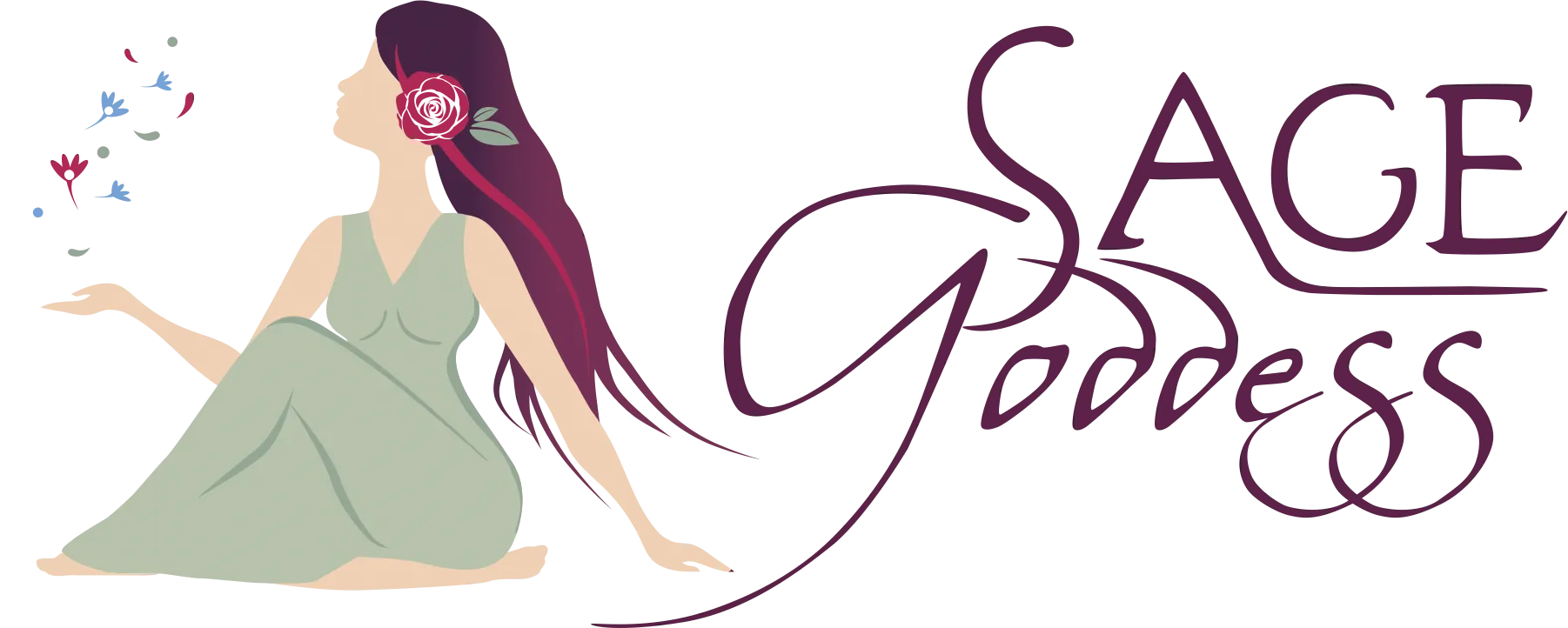

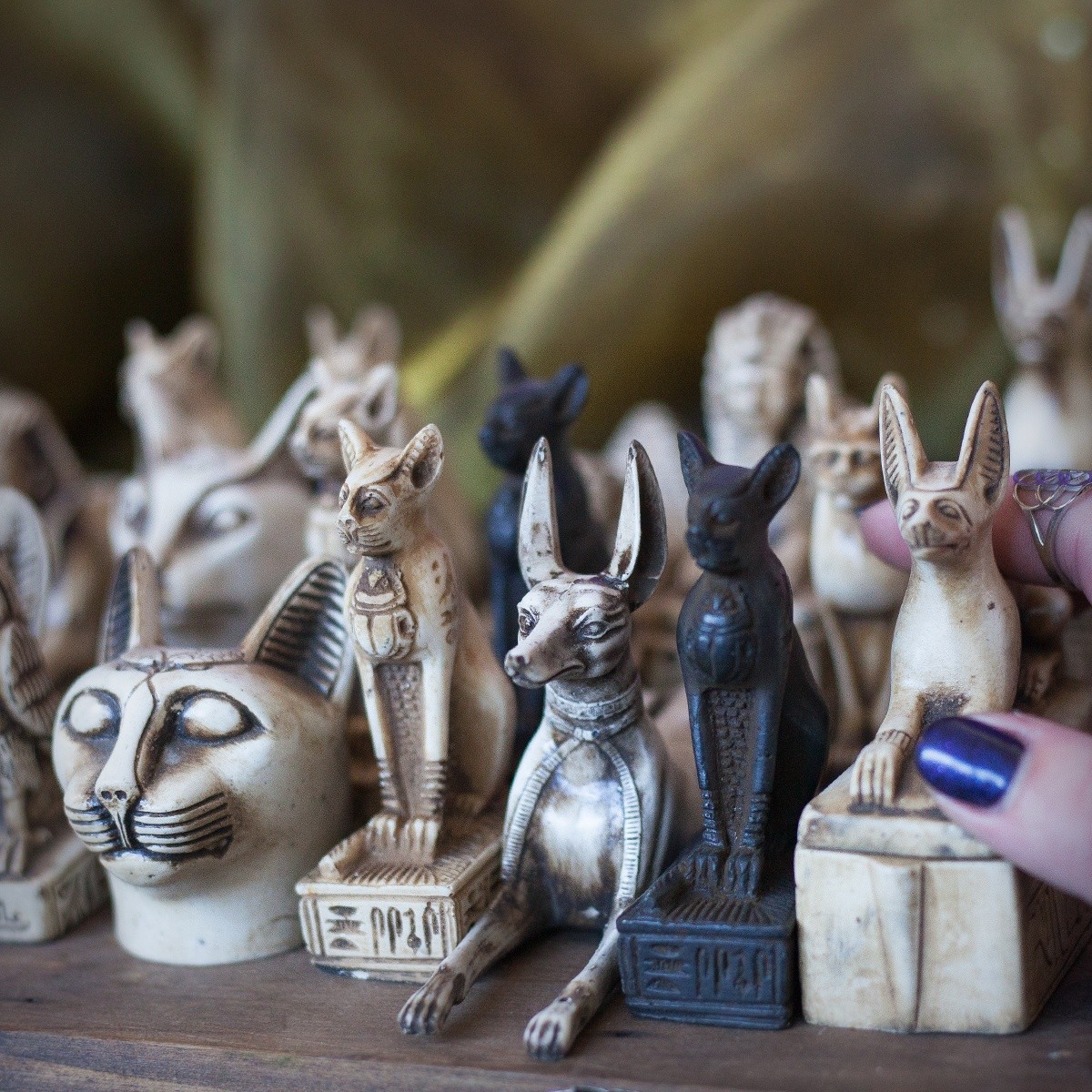
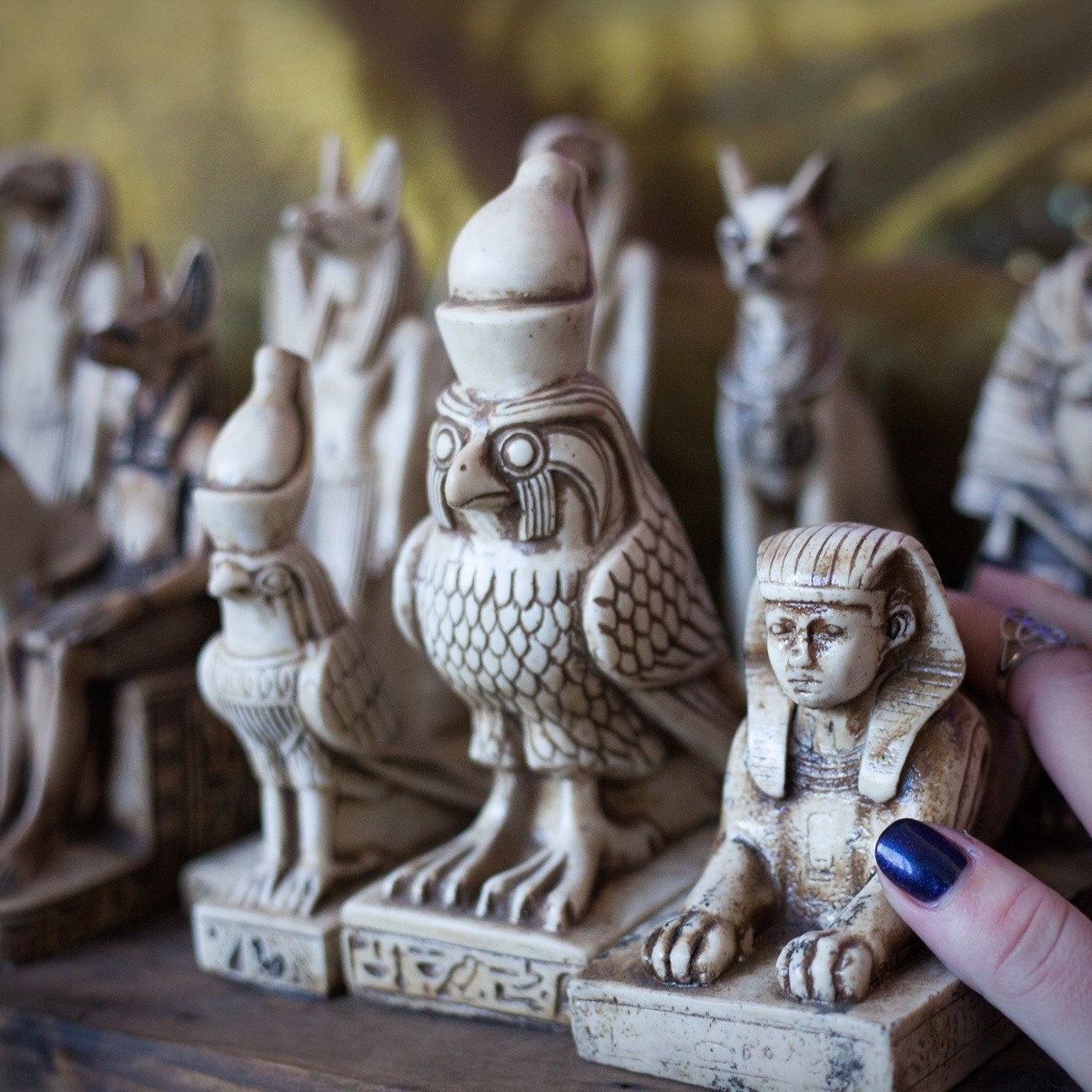




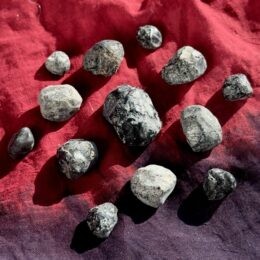
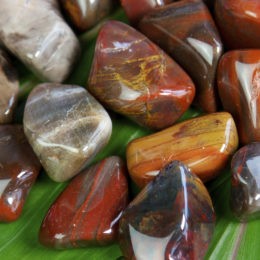
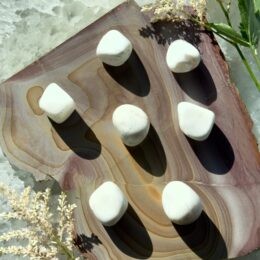

What others are saying
There are no contributions yet.